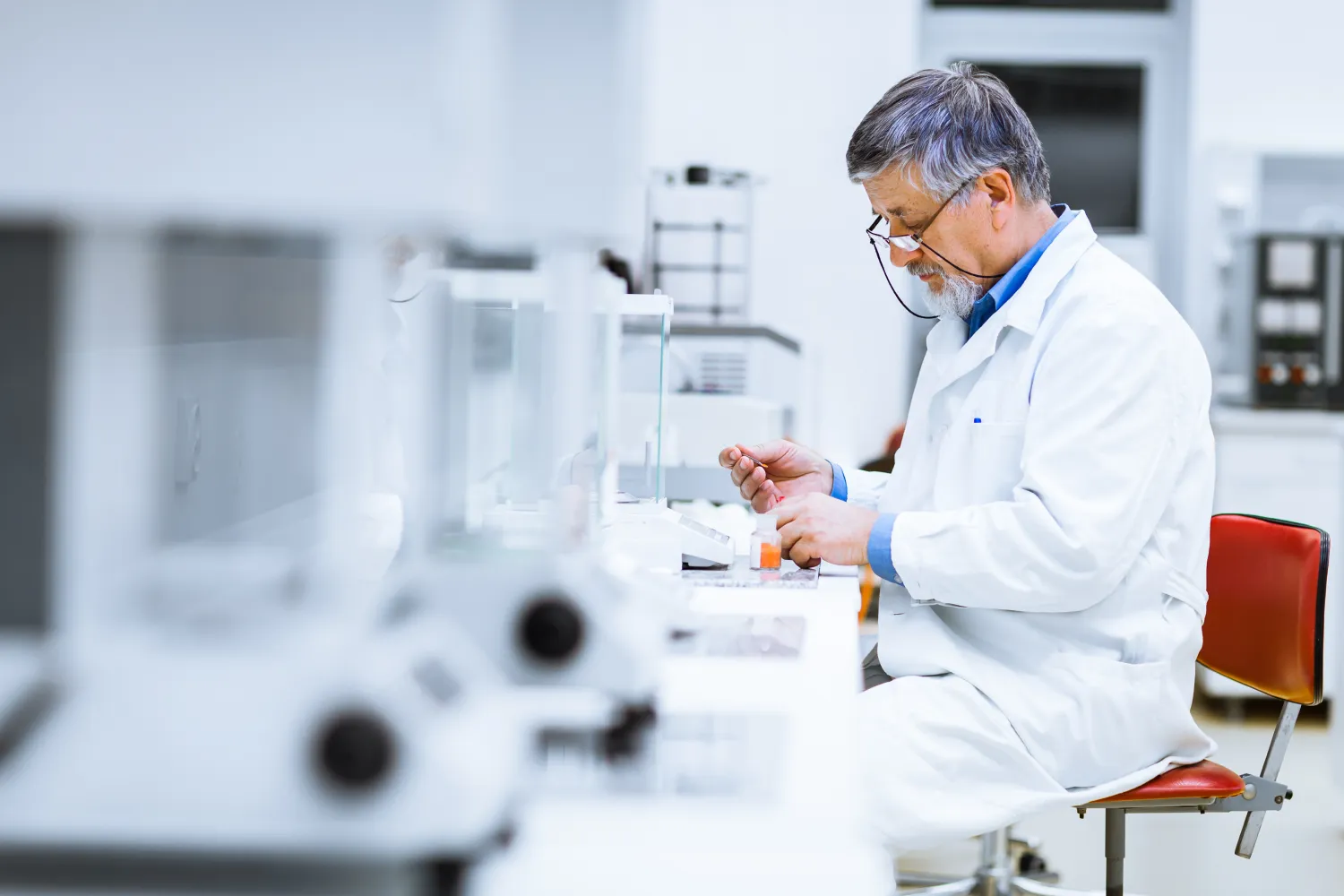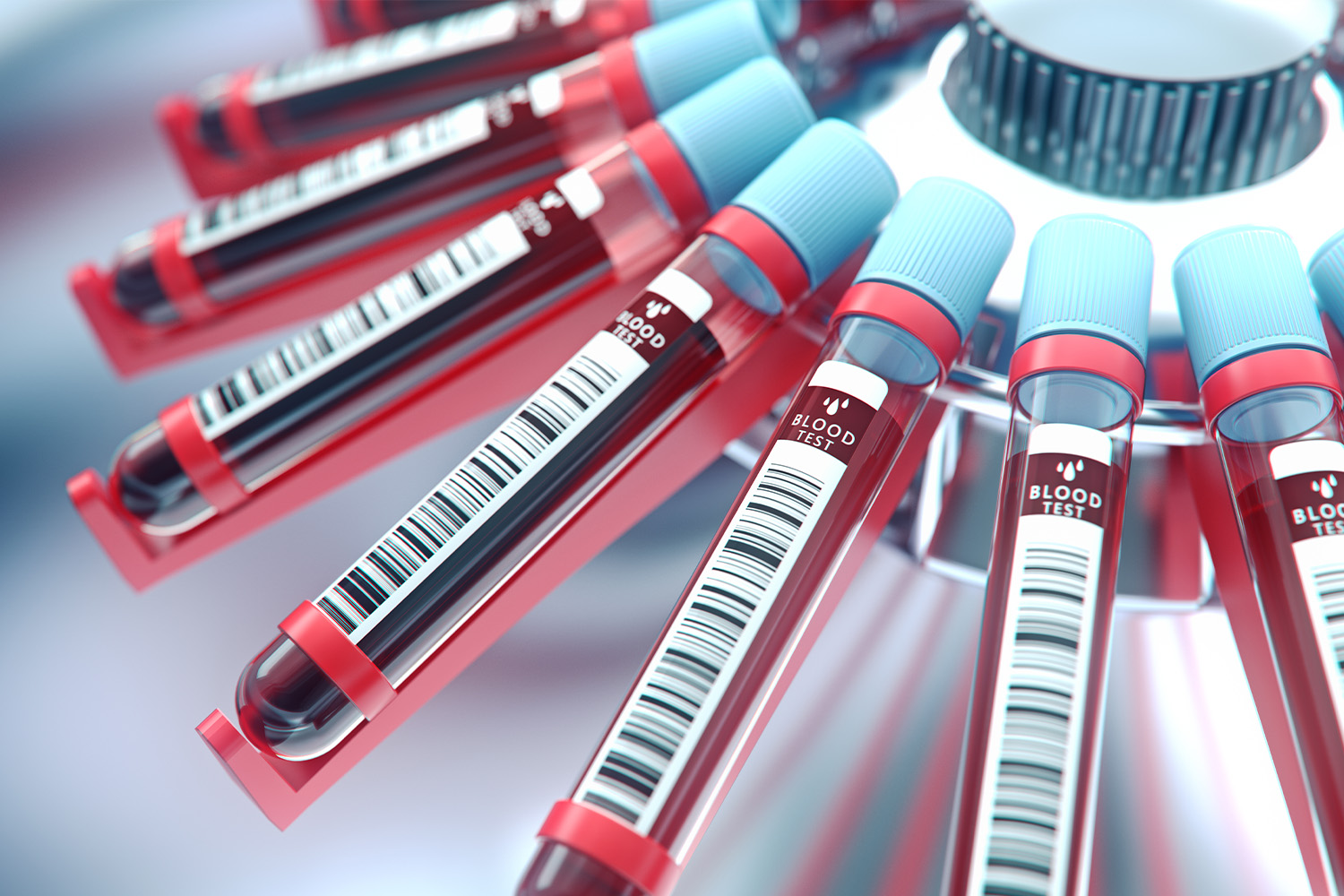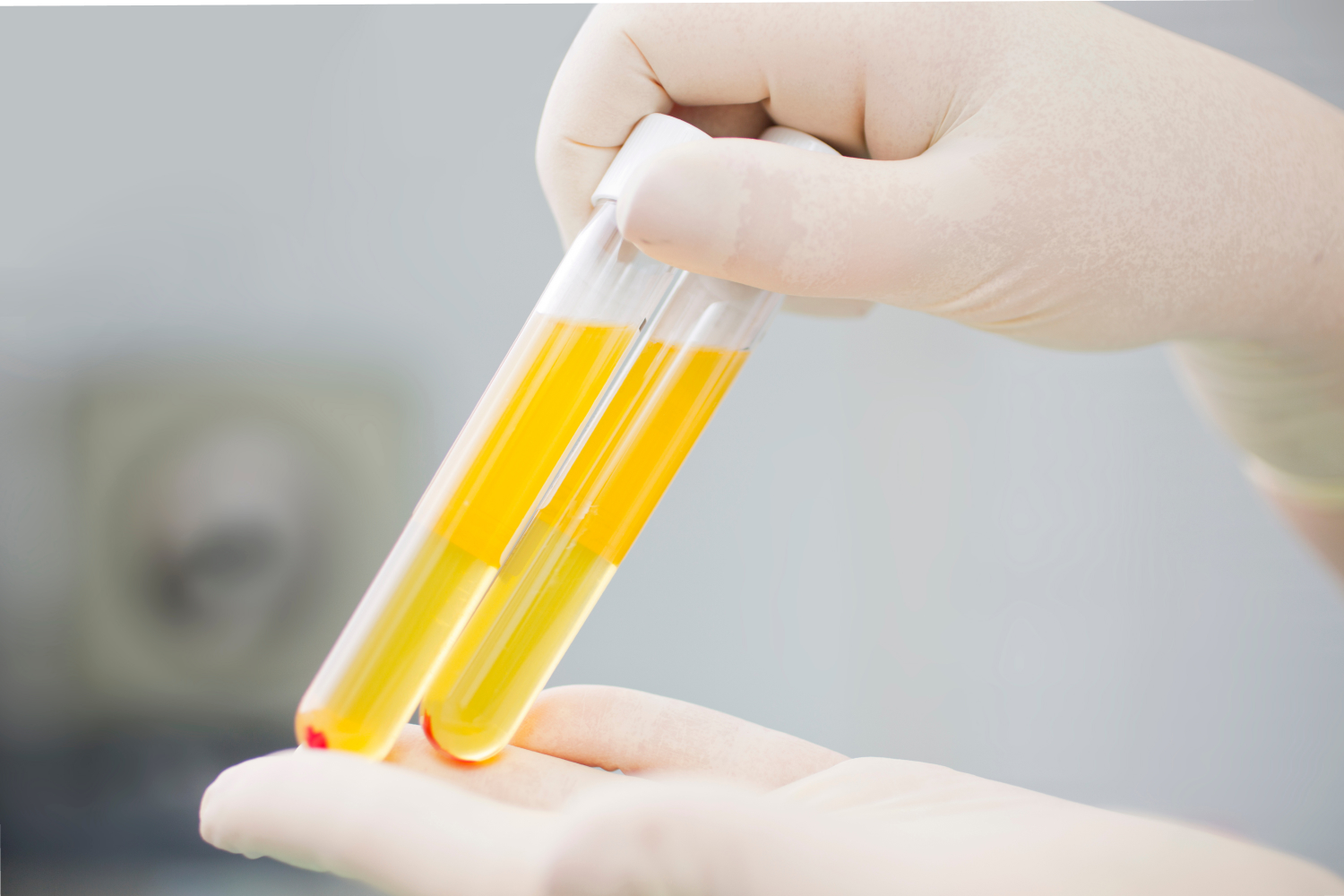Blood samples have proven to be one of the most effective, reliable, and popular specimen collection methods for clinical research.
Blood specimens are a commonly utilized sampling method for a variety of medical and research applications, primarily because they can:
- Describe the quality of the patient’s blood with a complete blood count
- Help with the diagnosis of many diseases and infections
- Allow for coagulation testing
- Provide insight into changes in the patient’s medical condition over time
The research team must enlist the help of both the patient and healthcare professionals to ensure that blood samples are properly collected.
To obtain proper consent, a healthcare professional or other member of the research team should explain to the patient the importance of the sample collection procedure and ensure that it is done correctly. With proper protocols in place, the research team can then collect and store the samples safely for both current and future research.
Blood specimen collection can be performed in several ways such as through venipuncture. In this procedure, a phlebotomist will use a tourniquet to temporarily stop blood flow and then insert a needle to collect venous blood in a vacuum tube. This method cannot be used to obtain arterial or capillary blood samples.
Blood collection tubes have differently colored stoppers to indicate their use. These include:
- Yellow top – used for blood culture
- Light blue top – contains sodium citrate and is used for coagulation study
- Red top – indicates non-additive, whole blood
- Red and gray top – contains blood clot activator and gel.
- Dark green top – contains sodium heparin, an anticoagulant
- Dark green top with gold rim – contains lithium heparin, an anticoagulant
- Light purple top – contains EDTA, an anticoagulant
- Light gray top – contains oxalate/fluoride
To conduct serum assays, phlebotomists will need a Serum Separator Tube (SST®) to separate blood cells from serum or plasma during centrifugation. This specimen type is useful in many cases, such as determining medication or pathogen concentration identifiers in the blood.
Special precautions must be taken to ensure that the sample is properly collected and stored to avoid hemolysis, contamination, or misleading test results. Proper collection and storage is also vital to protect the health and safety of both the patient and any person handling the samples.
Blood samples have several advantages over other biospecimens in clinical research.
Firstly, they are easily accessible and can be readily obtained from the patient compared to solid tissue specimens.
Since they are routinely tested in clinical laboratory settings by calibrated analysis, they can provide researchers with objective data that is reliable and can be quickly processed on-site.
Additionally, they are also useful for long-term studies that require repeat laboratory testing over time, as blood samples can be collected to monitor changes in health conditions.
Despite all the advantages of blood samples in clinical research, there are some drawbacks to consider. First, the collection of samples can be time-consuming and costly. In addition, some patients may experience discomfort during venipuncture, and it may not be suitable for all patients. Furthermore, collecting samples can be difficult and may require special equipment and training. Each of these disadvantages should be accounted for by the research team when designing a study.
Ultimately, knowing where to obtain blood samples can make all the difference in conducting a clinical trial.
At iProcess Global Research, you can expect to work with an experienced biospecimen provider that works with over 1,000 sites globally and knows how to obtain even the most challenging biospecimens for any research endeavor.
Through working with iProcess, you will have access to an international supply of blood samples across a variety of patient demographics and disease states.
Contacting iProcess is easy — request a free quote today.
Sources:
Community perception and beliefs about blood draw for clinical research in Ghana | PMC




